Heeey you awesome teacher friend!
I have told you a million times: I am NOT a math person.
I am an avid reader.
And learner above all.
Oh and I want the best for my students.
Year after year, I look …
I read…
I find ways…
I reflect.
About word problems.
Do you feel that when you think you have done a good job teaching word problems, then your students start guessing the heck out of the answers?
Add!
Subtract!
It almost seems like my efforts have been in vain.
Seriously.
In NC we have a document released by the state in which the clear distinctions among the problems are made. You can find this document HERE!
There are also clear distinctions between the kind of of problems that our students need to master by the end of Kindergarten, first grade, and second grade.
My students struggle every year with word problems. And every year I make an effort to go out of my way to teach them (and make sure that they have learned) different ways to solve them.
I am a firm BELIEVER in the gradual release of responsibility model.
Do you remember your professors in college talking about it? They were not kidding.
Well here’s a picture, just in case you are a visual learner like me.
It all begins with showing the kids how “I do it.”
Well, if I want to show the kids how “I do it,” might as well know the how and why. Right?
I mentioned before that there are different kinds of distinctions among the word problem types.
They are called CGI word problems. The research behind the problem types is clearly outlined on
Children’s Mathematics ~ Cognitively Guided Instruction (or CGI)
#Notageek #IjustlovewhatIdo
As I am reading this book, there were 4 guiding principles that TRULY made me aware and reflect about the way I teach word problems.
Yes. Obviously. Duuuh. Four different types of word problems.
Was I teaching my students to identify the relationships and actions in word problems?
Are you?
How to go about it?
Classifying. Relationships. Actions. Described in problems.
Drop mic.
And how come I am able to teach text structure in reading, and I was neglecting text structure in math?
Huge light bulb moment teacher friends.
So let’s go back to the gradual release model.
These are some of the anchor charts that I have used this year to introduce different types of word problems in whole group lessons during our math workshop time.
Bar Models
So what are the type of word problems and what kind of strategies can we teach our students?
I really believe that there is not right or wrong way. Our students come to us already with a great deal of experiences.
I do believe, however, that there are ways that make my students’ understanding deeper, like bar models or number bonds.
I made this set of posters for my classroom, but more importantly for my students. These posters give us a visual, a point of reference, and a starting point to learn how to identify (and see) RELATIONSHIPS.
1.Read the problem
2. Identify the who and the what (We label and color here)
3. Draw unit bars with the help of manipulatives (Connecting cubes win by a landslide)
4. Reread problem, double check for information, adjust the bars. (This is why connecting cubes are better)
5. Decide on the question mark. (Label and color the question)
6. Work the number sentence out (see? this is towards the end)
7. Write a sentence to answer the question mark.
I really need to make an anchor chart with these steps and keep it up the whole year. These are the steps recommended by Singapore math experts. They are the bomb.
Let’s go back to the gradual release.
I have already told you about the “I do.”
I made these Color, label, cut, and paste mats to do during small groups during guided math. This is the “we do” part. It takes time and patience. The a-ha moment is priceless.
For the “you do it together” and ” you do it alone”, I ask my student to apply their strategies learned from the “I do” and “we do” stages by using task cards.
Simple and effective way to check for understanding. Hello formative assessment.
So what’s next?
Word problems are hard to understand. They make an important part of our classroom. As of recently, I have created a problem solving corner, where I hope that my students can see themselves as true problem solvers and mathematicians.
I hang posters with problem types that we have already practiced over and over.
I continue to look for literature that supports problem solving in Math. Let me know if you have a fave!
Just in case you are interested in these activities, you may check them out from my TPT store.
You can learn more by clicking HERE!!
Thank you for reading teacher friends, I hope that you found this post useful.
Until next time!

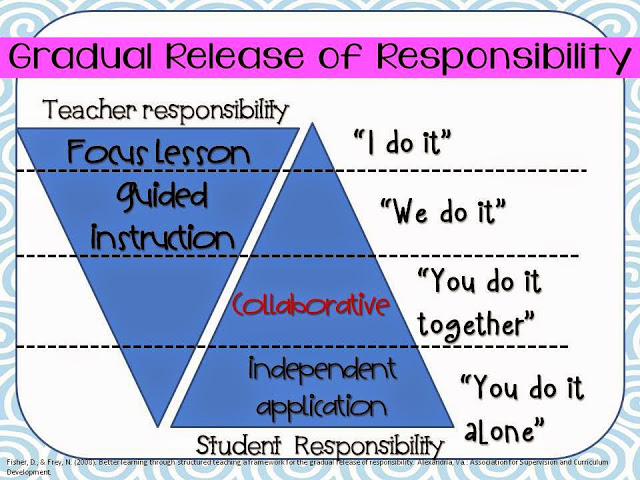






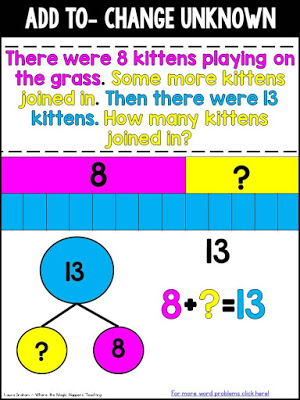
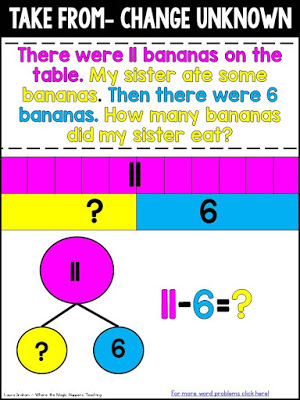
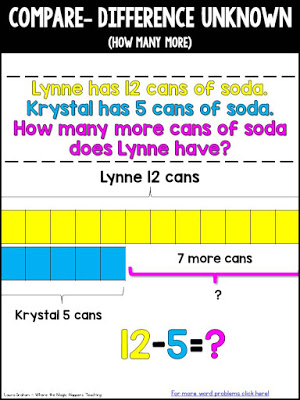
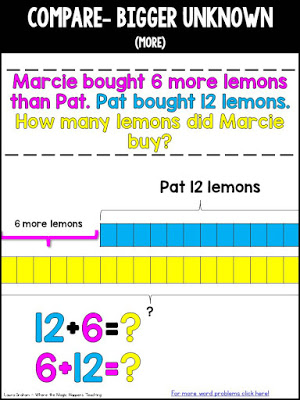

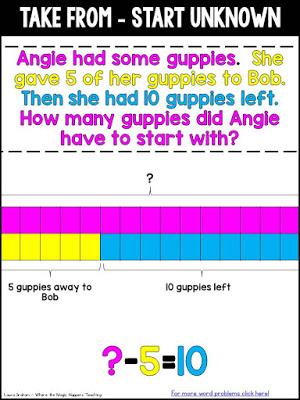











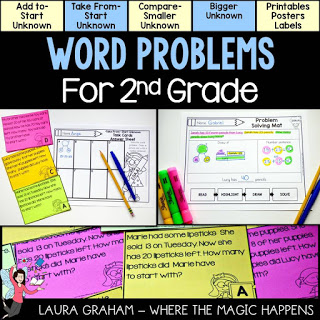
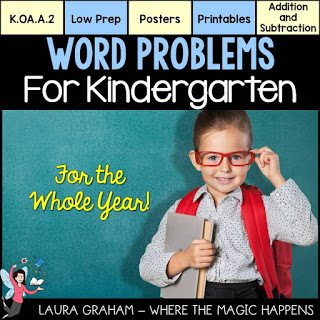
Thank you for your reflections on CGI Math. I am embarking on the 2nd year of training, starting today, (yes, even during the Covid-19 health issue, but online), and wanted to see how other teachers are implementing the program.